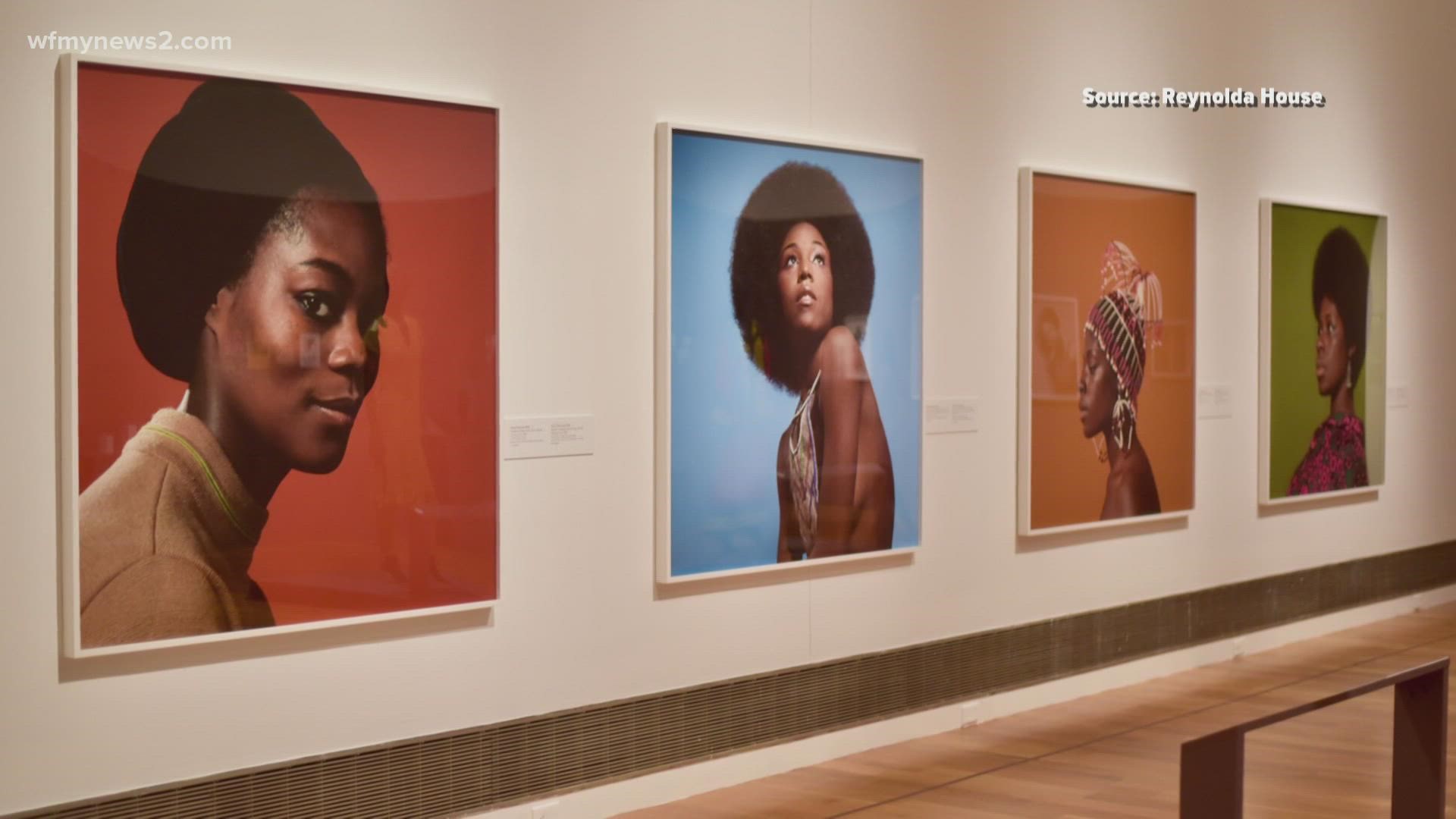GREENSBORO, N.C. — “The Greensboro Six is a group of men that enjoyed the game of golf. They especially loved playing golf, and they would travel throughout the Triad to find a place that would welcome them to play,” said Rodney Dawson, the curator at the Greensboro History Museum.
In 1955, Gillespie Park was a private facility owned by a group of white citizens. They restricted the golf course to its members and their guests only.


“On that particular day December 7, 1955, they decided they weren’t going to drive to Durham, they weren’t going to drive to High Point or Winston-Salem or even the course that was built in Greensboro for African-Americans," Dawson said. "They said we are going to go to the place where every other tax-paying citizen of Greensboro can go.”
So, they went to the Gillespie Golf Course in Greensboro. Phillip Cooke, Samuel Murray, Elijah Herring, Joseph Studivent, Leon Wolfe, and Dr. George Simkins Jr. placed the 75 cents fee on the clubhouse counter and teed off.
Dawson said they were about nine holes in when they were interrupted. Later that evening, they were arrested and charged with trespassing. This case moved through the courts and was argued before the United States Supreme Court. The court ruled 5-4 against the Greensboro Six.
Due to a related case, Gillespie was to be integrated, but before that happened the clubhouse was set on fire. The city decided to abandon its involvement and sold the property where nine of the 18 holes were.
In 1962, the city voted to reopen the nine remaining holes of Gillespie Golf Course to all Greensboro residents.
“We went out to play a game of golf last year on Dec. 7 at the same time we thought they were playing and I didn’t look over my shoulder - thinking someone was going to threaten me or kick me off the course,” Dawson said.
Dawson said what the Greensboro Six did, allowed them and others like them to be able to go to Gillespie Course. He said continuing to share stories like these is how we will inspire the next generation.
“Narratives and stories are what we use to pass down- " Dawson said. " So, I am going to tell my children narratives and that is how they’re going to learn about our family. As a people, we are going to pass down stories. So someone thought it was important to pass down this narrative about what the Greensboro Six did, what it symbolizes, what it stood for, and how courageous it is. That is what is going to inspire the next generation to do the same, and it did.”
This story is being created into a documentary about a lifetime of perseverance of one of the Greensboro Six men, Dr. George Simkins Jr.

